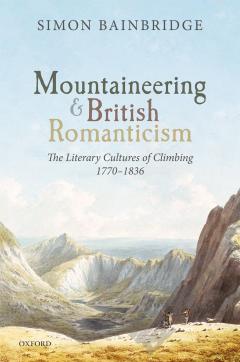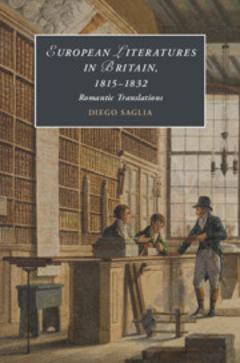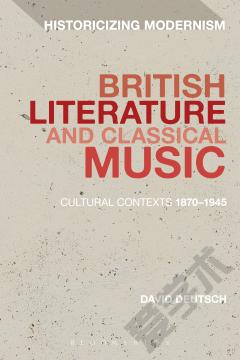Mountaineering and British Romanticism —— The Literary Cultures of Climbing, 1770-1836
----- 登山与英国浪漫主义:攀登的文学文化,1770-1836
This book examines the relationship between Romantic-period writing and the activity that Samuel Taylor Coleridge christened âmountaineeringâ in 1802 (CL, II, 848). It argues that mountaineering developed as a pursuit in Britain during the Romantic era, earlier than is generally recognized, and shows how major writers including William and Dorothy Wordsworth, Samuel Taylor Coleridge, Ann Radcliffe, John Keats, Lord Byron, and Walter Scott were central to its invention. Locating these writers within the wider context of the periodâs emerging genre of mountaineering literature, the book explores how the desire for physical ascent shaped Romantic-period literary culture and illustrates how the figure of the mountaineer became crucial to creative identities and literary outputs. By reading the work of canonical writers alongside a wide range of other types of mountaineering literature, it reassesses key Romantic-period terms and ideas, including vision, insight, elevation, revelation, transcendence, and the sublime. However, the book also uses the focus on mountaineering to challenge the prioritization of concepts of vision and the imagination in Romantic studies, arguing instead for a greater emphasis on the role of embodiment and movement in the creation of Romantic-period texts.
{{comment.content}}








 京公网安备 11010802027623号
京公网安备 11010802027623号